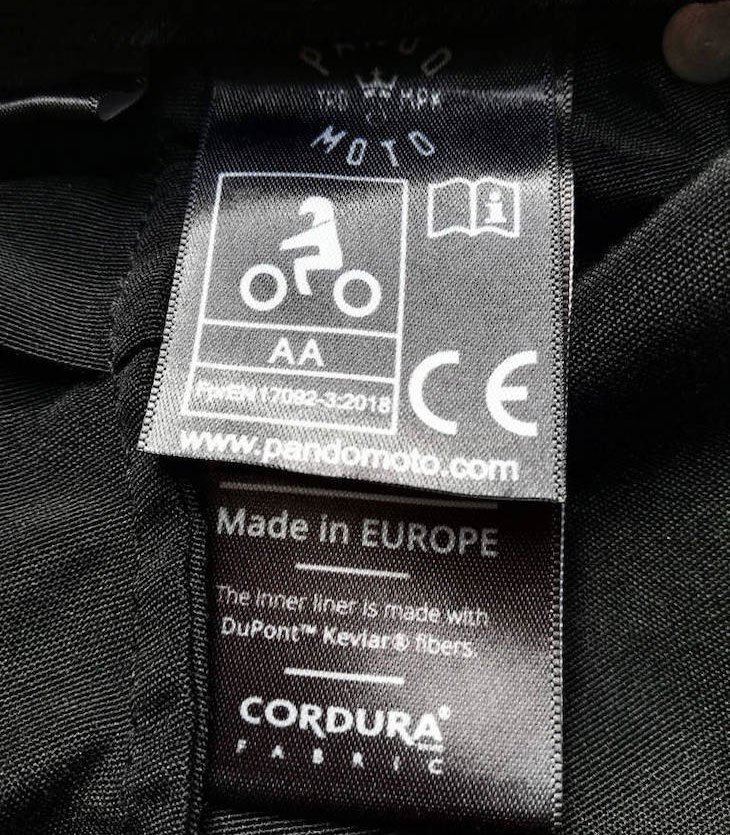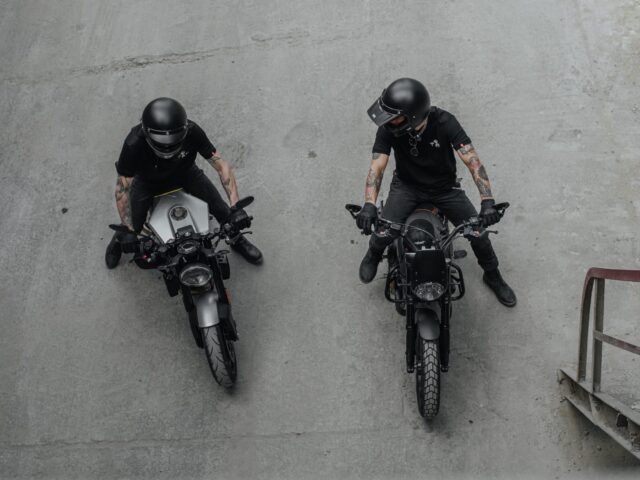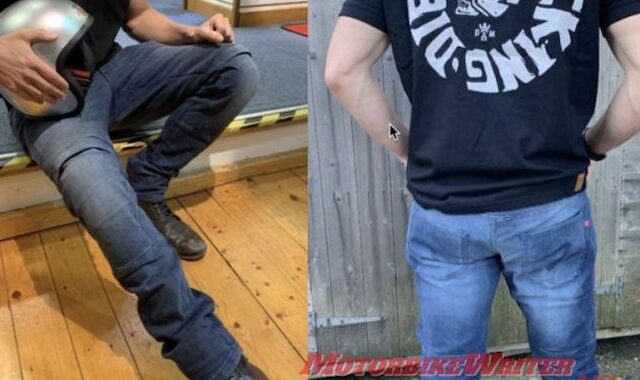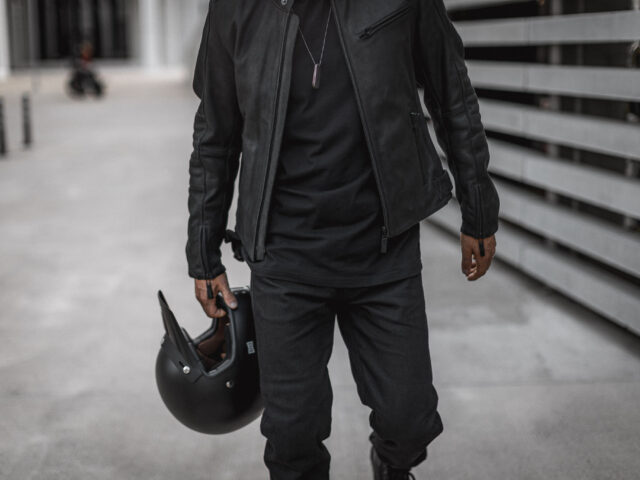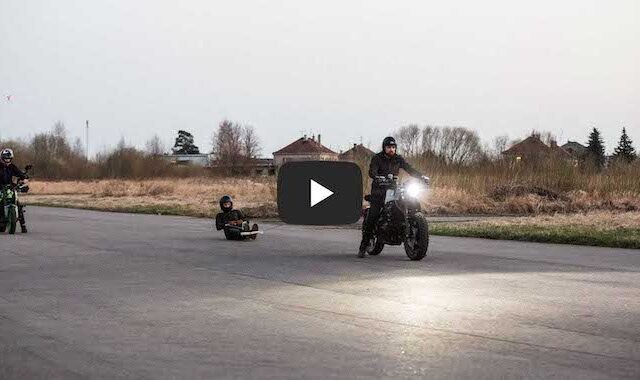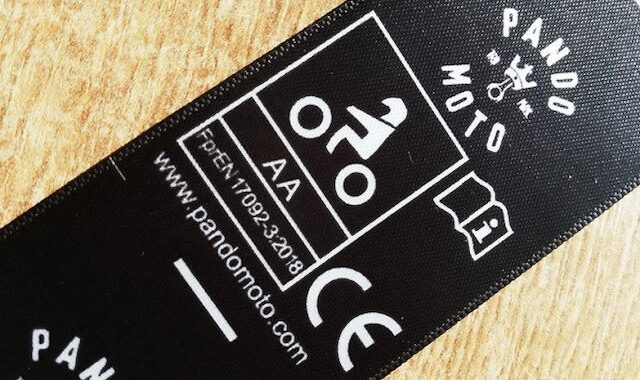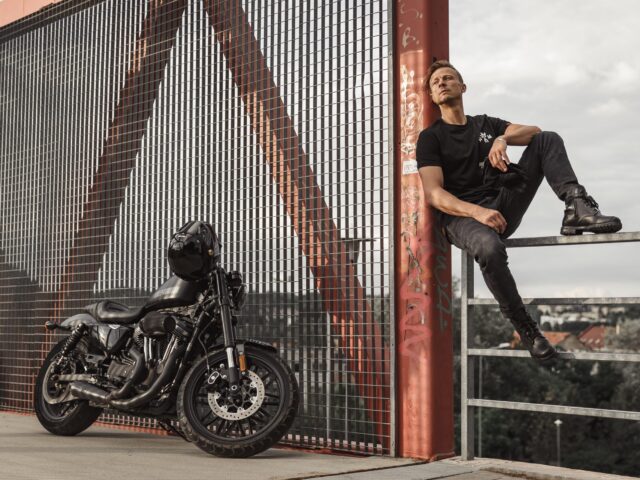Protective Motorcycle Gear: Fabrics Explained
May 12, 2020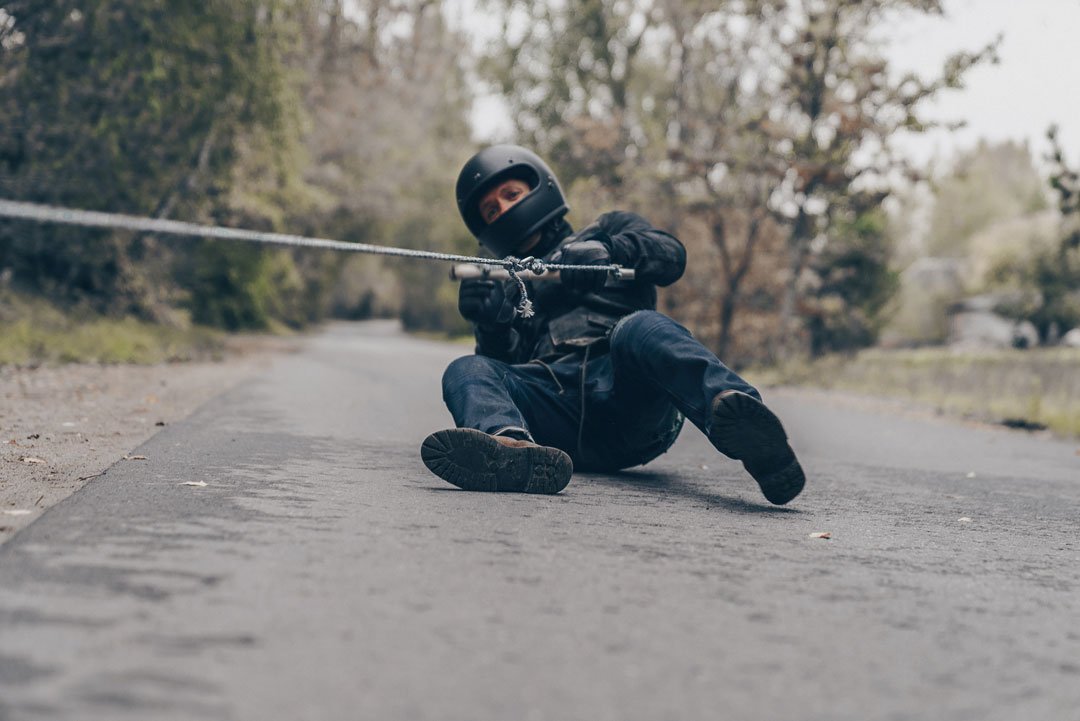
Protective motorcycle gear is one of the most hotly debated topics among riders, and for a good reason. Leather vs. Textile, the best protective motorcycle gear out there, questions about different brands and different gear styles – all of this is constantly on our minds as motorcyclists. We want to feel good and look good while we’re out there enjoying the ride. However, we also want to stay protected, and that starts with being well-informed. What should you pay attention to when buying protective motorcycle gear? What are some of the most popular fabrics used in motorcycle jeans and jackets? Most importantly, how do you know which equipment will protect you the best?
“WELL-PROTECTED STARTS AT WELL-INFORMED”
Motorcycle gear fabrics matter because this is your first line of defense should the unthinkable happen. When shopping for gear, don’t just opt for what’s cheap or what may look good on the outside; you need to know precisely which materials the gear manufacturers use, whether their products are CE-approved, and whether they have been thoroughly tested. Slick marketing can sometimes make lower-quality products look attractive, as they will often be much cheaper. Unfortunately, buying cheap gear can end up costing you a lot more should you come off your bike while wearing it. Here at Pando Moto, we love the style, but we’re all about safety. To help you make the best decisions when it comes to your motorcycle gear, we put together this simple explainer guide about the most common fabrics used in gear manufacturing.
Protective Motorcycle Gear: Cordura, Kevlar, Dyneema
Simple, sturdy denim has long been a classic choice for motorcyclists. Luckily, we can do a lot better than that now. While some riders still cruise around in their Levi’s, top protective motorcycle gear brands now combine and blend several different fabrics when designing their gear. This makes a pair of motorcycle jeans appear like denim, creating that iconic look. However, the end result isn’t just jeans – it’s tough, military-grade, abrasion, and tear-resistant stuff that will protect you even if you end up sliding on the tarmac at 70 km/h.
Cordura, Kevlar, and Dyneema are the most popular fabrics used in protective motorcycle gear manufacturing. Cordura is one of the most versatile fabrics out there used in everything and anything from motorcycle jeans to tactical military jackets. The Cordura fiber technology allows the fabric to weigh less than the heavy-duty Kevlar, offering amazing durability and abrasion resistance. Here at Pando Moto, we use Cordura denim fabric that is weaved from blended nylon and cotton yarns giving extra protection and a feeling of natural cotton at the same time.
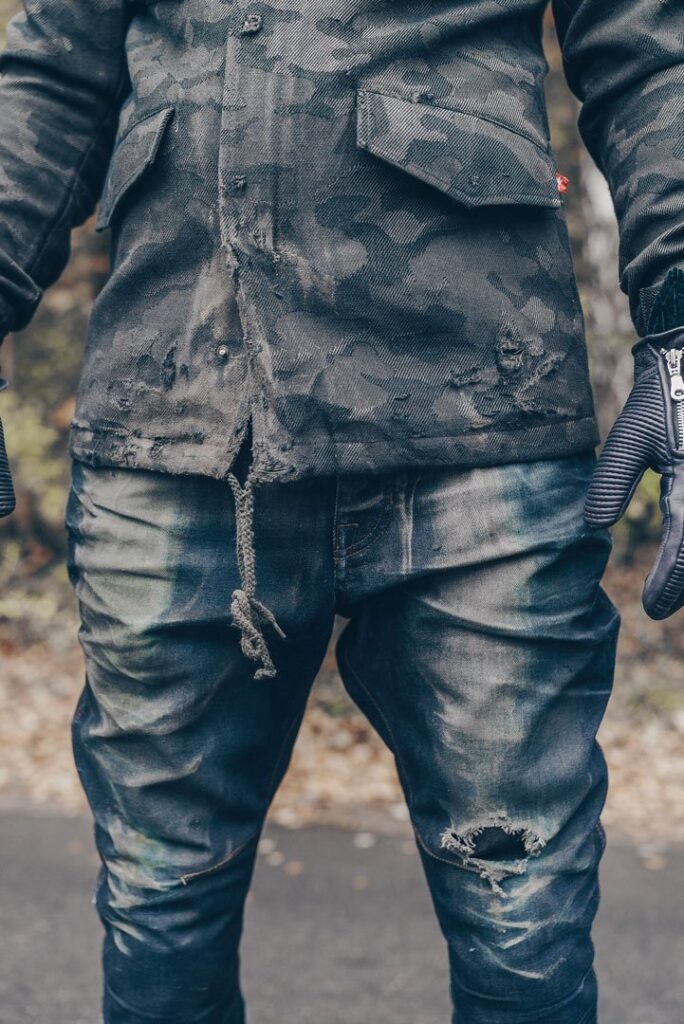
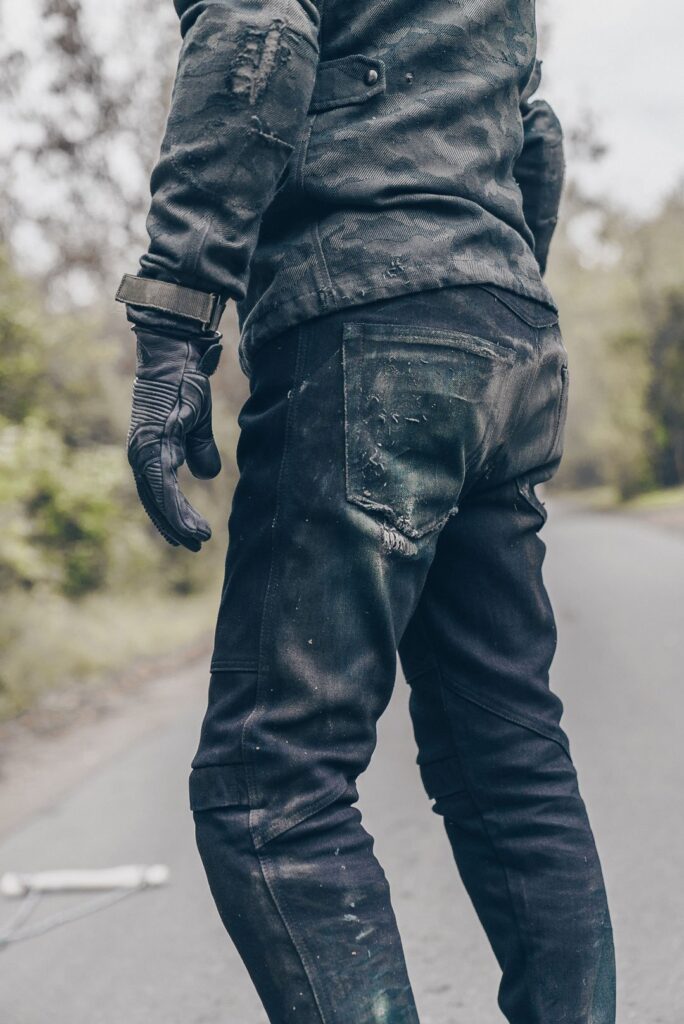
However, Cordura alone is not enough to offer sufficient protection in case of a crash at higher speeds. This is where Kevlar and Dyneema come in. Kevlar is an impressively strong fabric, which is why it’s used in a wide range of products that need to withstand high-intensity use and impact, such as bulletproof vests, racing sails, mountain bike tires, and, you’ve guessed it, protective motorcycle gear. Typically, layers of Kevlar are placed under the outer Cordura layer to reinforce areas that are most likely to be affected during a crash, such as your knees and hips. Here at Pando Moto, we also use Kevlar to reinforce the seams: abrasion resistance is crucial, but so is tear and burst resistance. No matter how abrasion-resistant the fabric is, if the jeans or jacket falls apart at the seams during a get-off, it simply won’t offer much in terms of protection.
“SINGLE-LAYER DYNEEMA MOTORCYCLE JEANS COMBINE THE BEST OF THE TWO WORLDS”
Finally, there’s Dyneema, Kevlar’s younger, stronger, and lighter cousin. Strength and durability-wise, Dyneema can surpass Kevlar as it’s fifteen times stronger than steel. If that wasn’t impressive enough, Dyneema is lighter, does not absorb moisture the way Kevlar does and is breathable. If you’re looking for protective motorcycle gear for hot weather, Dyneema-reinforced jeans are usually your best bet because Dyneema can be woven into another fabric enabling the gear manufacturer to produce lighter, single-layer jeans that offer amazing protection. At Pando Moto, we use our signature double-face patented weaving method where two layers of different types of fabric, cotton, and Dyneema, are merged into one. Single-layer motorcycle jeans combine the best of the two worlds: an incredible level of protection involving abrasion, tear and burst resistance along with comfort and style.
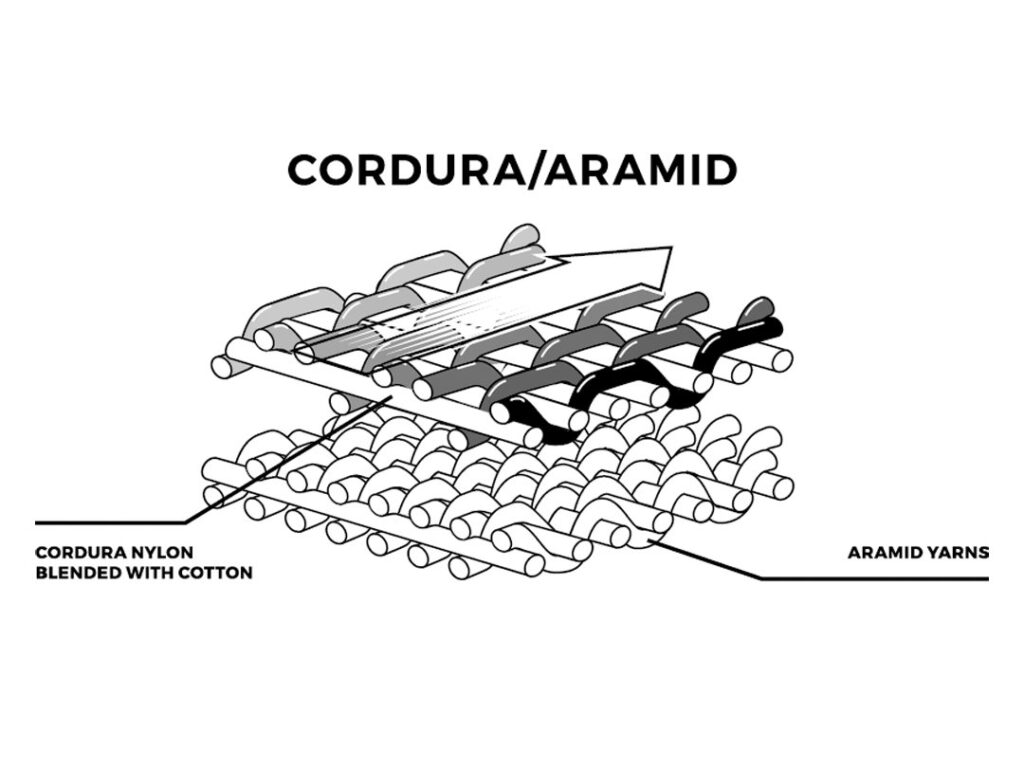
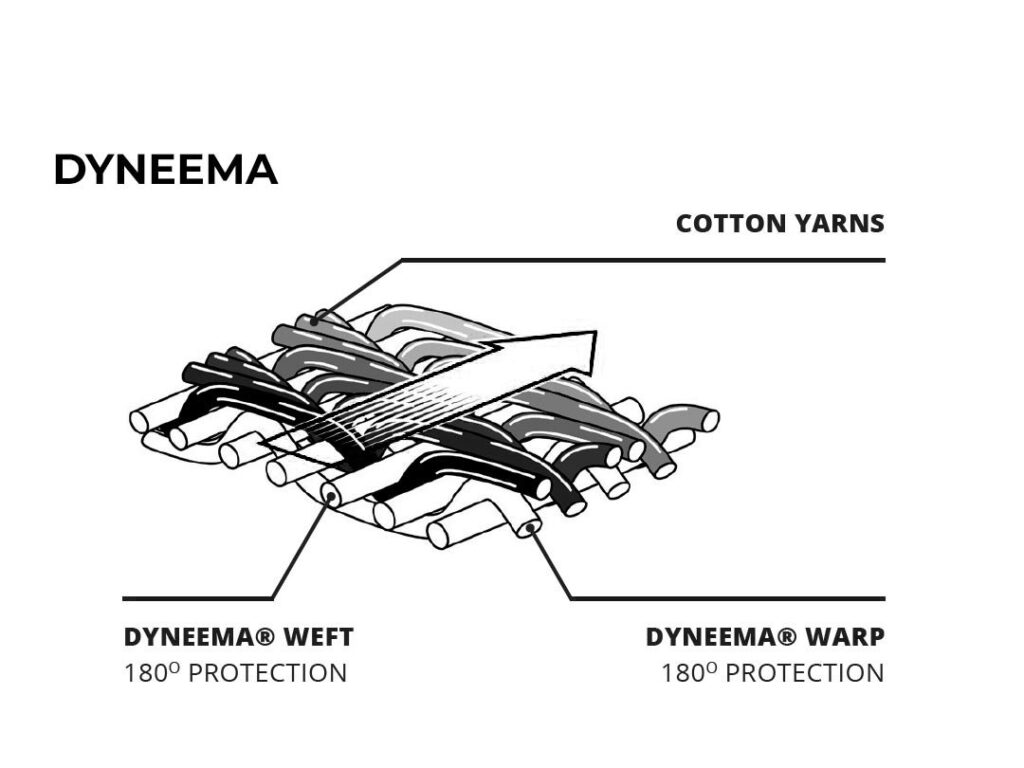
How to Choose the Best Motorcycle Gear
Now that you’ve got an idea about fabrics used in motorcycle gear manufacturing, you’ll know what to look for when you’re shopping for your next pair of motorcycle jeans. However, fabrics alone aren’t enough of an indicator of whether the gear is truly protective. What also matters is the density and the amount of fabric used. Dyneema is typically used to make a single-layer garment, which makes motorcycle jeans much lighter and more comfortable than Kevlar-lined pants, as an example. If you’re opting for Dyneema jeans, though, make sure it’s at least 25%.

Another factor is the CE label and the four magic letters that come with it – “B,” “A,” “AA,” and “AAA.” CE (“Conformité Européene,” meaning “European Conformity”) is a European motorcycle safety standard. If a gear piece has a CE label on it, it means that the gear has been thoroughly tested and either met or surpassed the safety standard regulated by the EU. That’s great news. In addition to the CE labeling, however, you also need to know what these additional codes mean. To put it simply, once a gear piece has passed the CE test, it is then classed into four subdivisions: B, A, AA, and AAA. These are decided by the abrasion, tear, and burst tests. A level is the most basic, protecting you from road rash at up to 45 km/h. Level B is essentially the same, except impact protectors are not required. AA level will hold if you’re traveling at 70 km/h speed, whereas AAA level will keep you safe at 120 km/h.
Keep in mind, however, that this classification is all about point impact: that is, the garment will likely protect you much better and from higher speeds than the indicated 45, 70, or 120 km/h because you’re extremely unlikely to crash and then slide on just one point of impact, such as your hip or elbow.
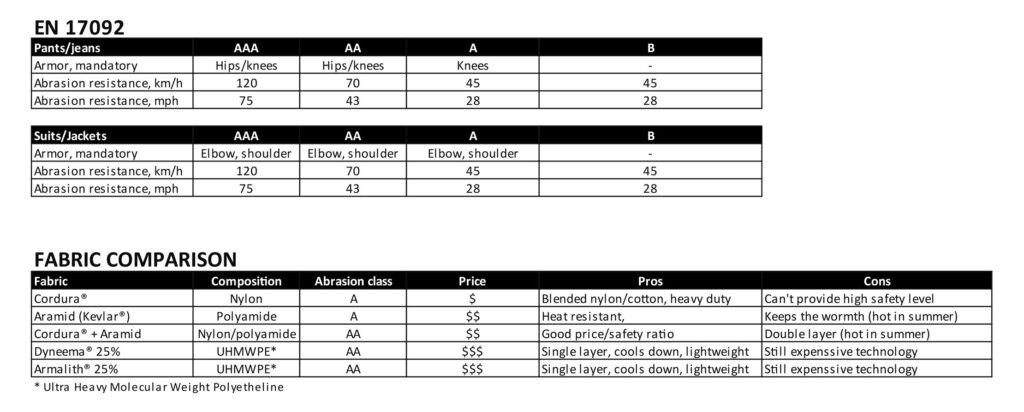
With all of this in mind, how do you make the best choice when it comes to protective motorcycle gear? First off, stay away from cheap motorcycle gear. This is among the top rookie mistakes motorcyclists make, and some end up paying very dearly for it. Second, make sure you understand the various fabrics used in motorcycle gear. Browse some of the top protective motorcycle gear brands out there, compare the products, and go for gear that is a great fit both design and safety-wise. And finally, pay attention to the labels: we highly recommend opting for CE AA level as this is the optimum safety standard for most motorcyclists, regardless of whether they’re urban commuters or weekend riders.
